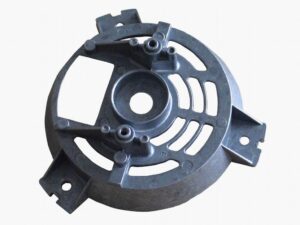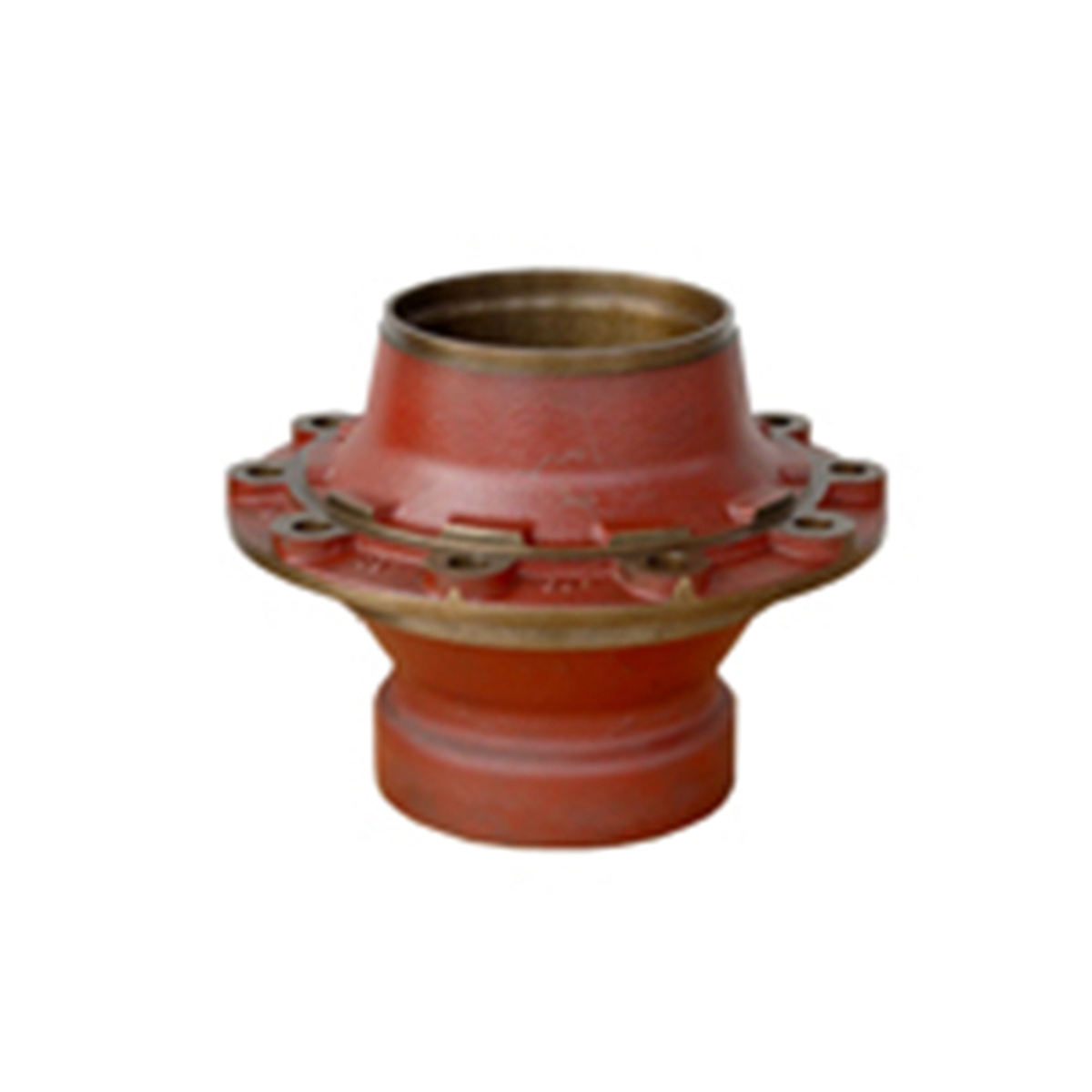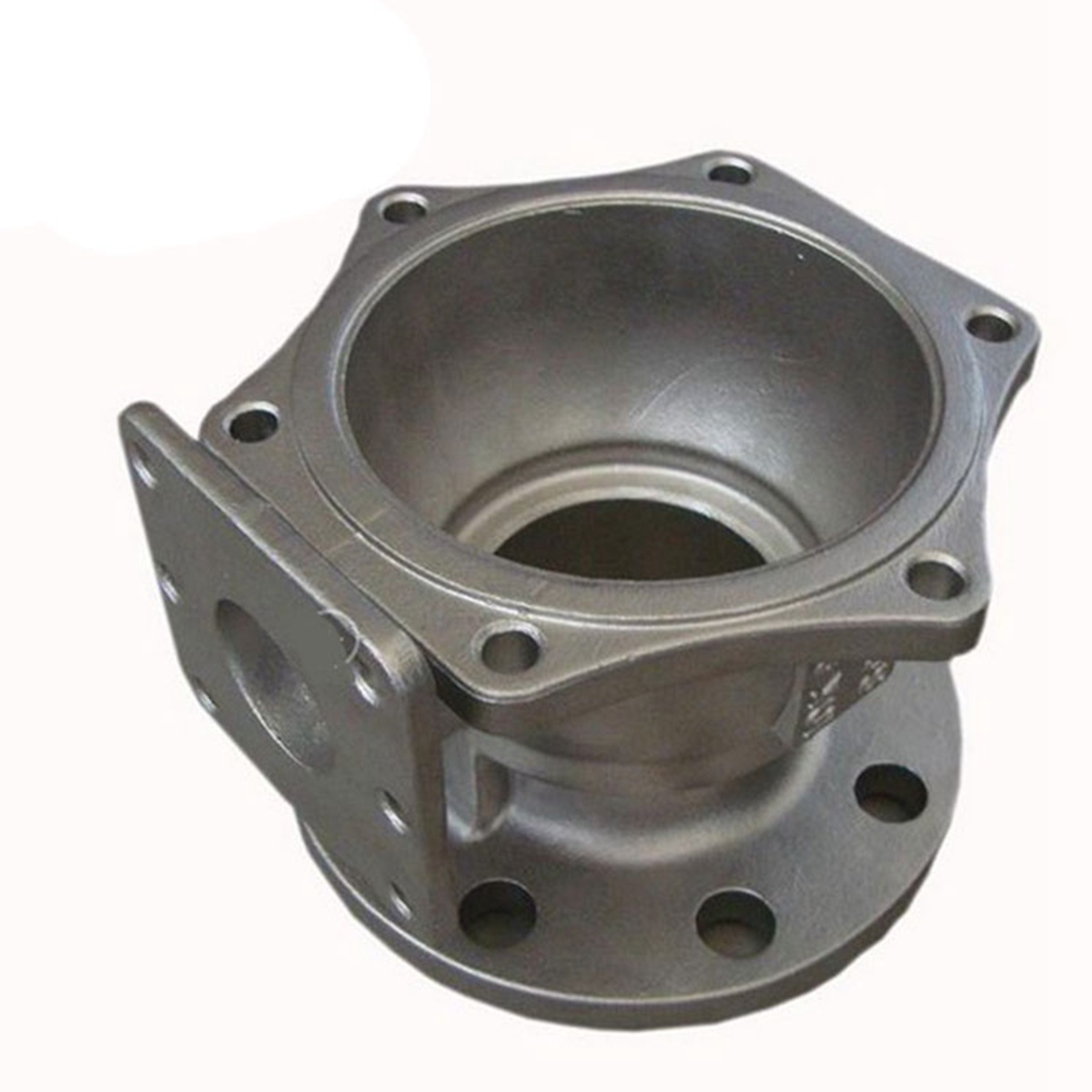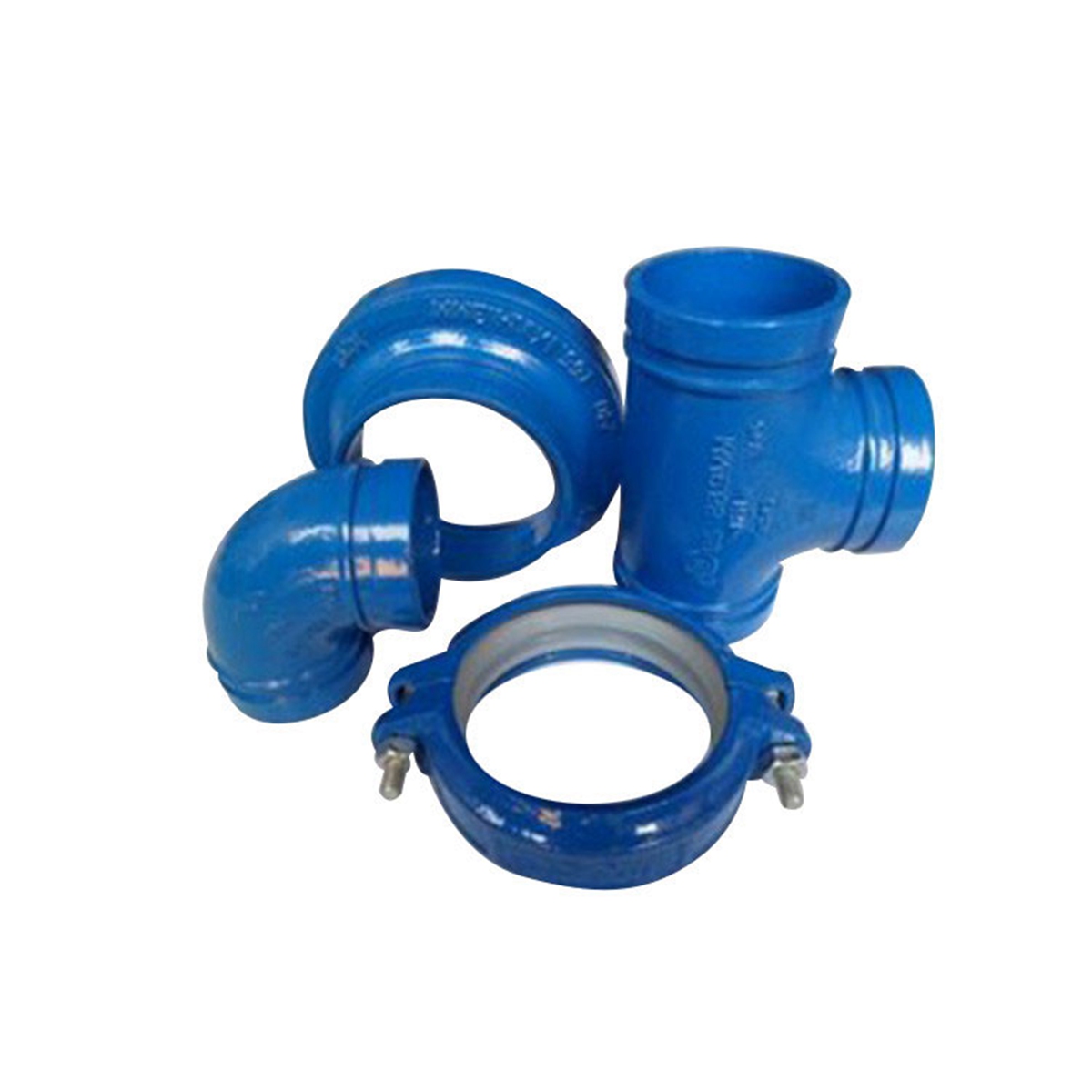
Gravity casting (also known as permanent mold casting) is a metal casting process where molten metal is poured into a reusable metal mold under the influence of gravity. It is widely used for producing medium-to-high-volume parts with good dimensional accuracy and surface finish. Below is a detailed analysis of the shapes and weights suitable for gravity casting.
1. Suitable Shapes for Gravity Casting
Gravity casting is best suited for parts with moderate complexity and relatively uniform wall thickness. Key shape characteristics include:
(1) Moderate Geometric Complexity
Parts with external features such as ribs, bosses, and flanges can be easily cast.
Internal cavities are possible but limited compared to sand casting (usually require cores or post-machining).
Examples:
Engine components (cylinder heads, pistons)
Wheel hubs
Pump housings
Valve bodies
(2) Symmetrical or Rotational Parts
Axisymmetric parts (e.g., wheels, pulleys, flywheels) are ideal due to easy mold design and uniform solidification.
Flat or plate-like parts (e.g., covers, brackets) can also be efficiently cast.
(3) Uniform Wall Thickness (3mm–50mm Typical)
Optimal range: 5–20mm for aluminum, 6–30mm for cast iron.
Avoid extreme thickness variations to prevent defects like shrinkage porosity.
Thick sections may require chills (metal inserts) to accelerate cooling.
(4) No Extremely Thin or Delicate Features
Minimum wall thickness: ~3mm for aluminum, ~5mm for cast iron.
Very thin sections (<3mm) may not fill properly before solidification.
2. Suitable Weight Range for Gravity Casting
Gravity casting is typically used for small to medium-sized parts, but the exact weight depends on the alloy and mold design.
(1) Aluminum Alloys (Most Common)
Typical range: 0.5 kg – 50 kg
Upper limit: Up to ~100 kg for large automotive/marine components (e.g., engine blocks).
Lower limit: ~0.2 kg (small brackets, housings).
(2) Cast Iron
Typical range: 1 kg – 200 kg
Heavier parts (e.g., brake drums, machine bases) can be cast, but mold handling becomes difficult beyond ~200 kg.
(3) Copper & Bronze Alloys
Typical range: 0.5 kg – 30 kg
Used for valves, gears, and marine components.
(4) Magnesium Alloys
Typical range: 0.1 kg – 20 kg
Common in aerospace and automotive lightweight parts.





